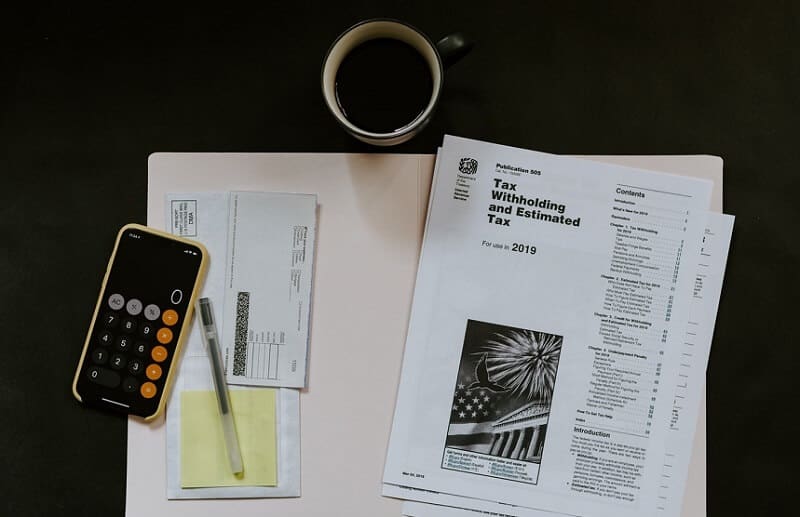
80/20 investing rule or Pareto principle is great for individual investors who don’t like conventional rules. It isn’t difficult but could increase the chances of your profit.
Let’s see first what is behind the 80/20 investing rule or Pareto principle.
It’s a saying, which claims that 80% of both outcomes or outputs is a consequence of 20% of all inputs for some event. The 80/20 investing rule is frequently used in many fields not in investing only.
But our subject is investing, where the 80/20 rule means that 20% of the holdings in a portfolio are in control for 80% of the portfolio’s growth. Well, this 20% can be in charge of 80% of the portfolio’s losses.
For example, you can build a portfolio of 20% growth stocks and 80% bonds which are less volatile investments. The 80% will provide you a nice and stable return since the bonds are low-risk, while the 20% in stocks that are considered as the higher-risk investment could give greater growth and higher profit.
Also, you can add to your portfolio 20% stocks in the extended market that cover 80% of the market’s returns. But this can be too risky because the stocks are unpredictable and volatile.
Okay, you wouldn’t believe that the market rises 80% of the time, right? But it is true. But does the market drop 20% of the time? The best way to check this is to check it by yourselves and you will be surprised as well as we were. Advanced traders and investors use this 80/20 investing rule as a great advantage.
How to use the 80/20 investing rule?
Examine your investment portfolio and think which of your investments result in 80% of the returns. What can you see? The stocks are what generates most of the returns.
If it is needed, don’t hesitate to cut off a stock if it looks like it falls into your 80% of your overall investment portfolio in terms of returns. Anyway, we want to give some ideas on how to use the 80/20 investing rule and become a better trader.
First of all, you have to finish some tasks such as evaluating how strong your earning power is and to know the inventory of your assets in the portfolio. What are your best assets in terms of investing? You must know that your portfolio is your financial house and you have to keep it in order. You can do that only if you measure and estimate from time to time but actually frequently. Be reasonable, not too frequently. You don’t need the stress. All you want is to avoid unnecessary risks. Okay, you did this task and periodically just go over these figures to check if they follow your investment plan. It is vital for investing to check the current and potential earning power from time to time and keep an eye on your outgoings.
Let’s follow the 80/20 investing rule.
Investing success depends on a few resolutions. For example, the simplicity of your investment strategy and portfolios.
The main aim of investing: Never lose money. That is the rule No1. This means never bet on price changes and rising markets. You need to build an investment portfolio able to follow this rule. Well, we have to be honest, there is no trader or investor that came into the safe zone and comfortable position with speculating and risking in the stock market. Too many risks will more likely lead you to large losses, not to the profits.
Benjamin Graham said:
“Investment is most intelligent when it is most businesslike.”
What is the right meaning of this saying? Managing the investments is like you are running your own business, your company. So, you have to respect some principles that could lead you to success.
The 80/20 investing strategy
The 80/20 investing strategy is all about increasing the chances of your investment success. Actually, it is all about how to unite your portfolio strength and its resources. But, the 80/20 rule has nothing to do with asset allocation. It is wider than that. The goal is to achieve the highest returns possible.
80/20 rule investing means intelligent investing.
At its essence, the 80/20 rule requires you to recognize the best assets and by using to achieve maximum returns. To do that you don’t need complex math, it’s just a rule.
When the markets are overvalued, why do you have to buy? The risk of loss exceeds the potential return, right?
The 80/20 investing strategy will reduce levels of volatility as we described and reduce the drawdowns. Your assets will really “compound” over the long-term. One of the easiest ways to manage this strategy is to use a moving average crossover. The principal is quite simple. Stay in stocks when the S&P 500 index is above the 12-month moving average, and you change to bonds when the S&P 500 falls below the 12-month average.
Pareto principle
Let’s say your portfolio has many holdings. But it doesn’t matter how many holdings you have, the 80/20 rule or Pareto Principle applies. To win by using the 80/20 rule, you have to keep in mind a few things.
Firstly, 80% of your profit depends on 20% of your activities. You can spend a lot of time choosing some great stock, evaluate it, estimate, try to figure out where to set a stop-loss, basically, you have just a few tasks that should be in your focus. Yes, few but they will generate you a profit.
So what do you have to be considered about? What steps do you have to take? You should know your ideal allocation based on your risk tolerance. Also, you have to rebalance it periodically. Can you see? Just two steps, but important though. With these two simple things, you will have success more often.
And you will see that 80% of your returns come from 20% of your holdings. How to choose the winners? Well, you know, they are companies built to succeed for a long time.
Bottom line
80/20 investing is excellent for individual investors who don’t like to follow conventional rules. It isn’t complicated but could easily increase the odds of your success. Just remember that 80% of your returns arrive from 20% of your holdings. Try to find the winners in your portfolio, play on them and look at how your portfolio will become worth and rise in value.
This 80/20 investing rule or Pareto principle is visible in almost all areas of our lives. The 80/20 rule was developed by Vilfredo Pareto in Italy in 1906. He was an economist and he saw that 20% of the pea pods in his garden produced 80% of the peas. After that, he revealed that 20% of citizens in Italy hold 80% of the land. Well, did the 80/20 investing rule grow in Pareto’s garden? According to the legend, yes.
You can find little scientific analysis that either proves or disproves the 80/20 rule’s validity. But the fact is that many financial advisors and consultants have the 80/20 investing strategy as an offer. Moreover, they have extremely good results.



Leave a Reply